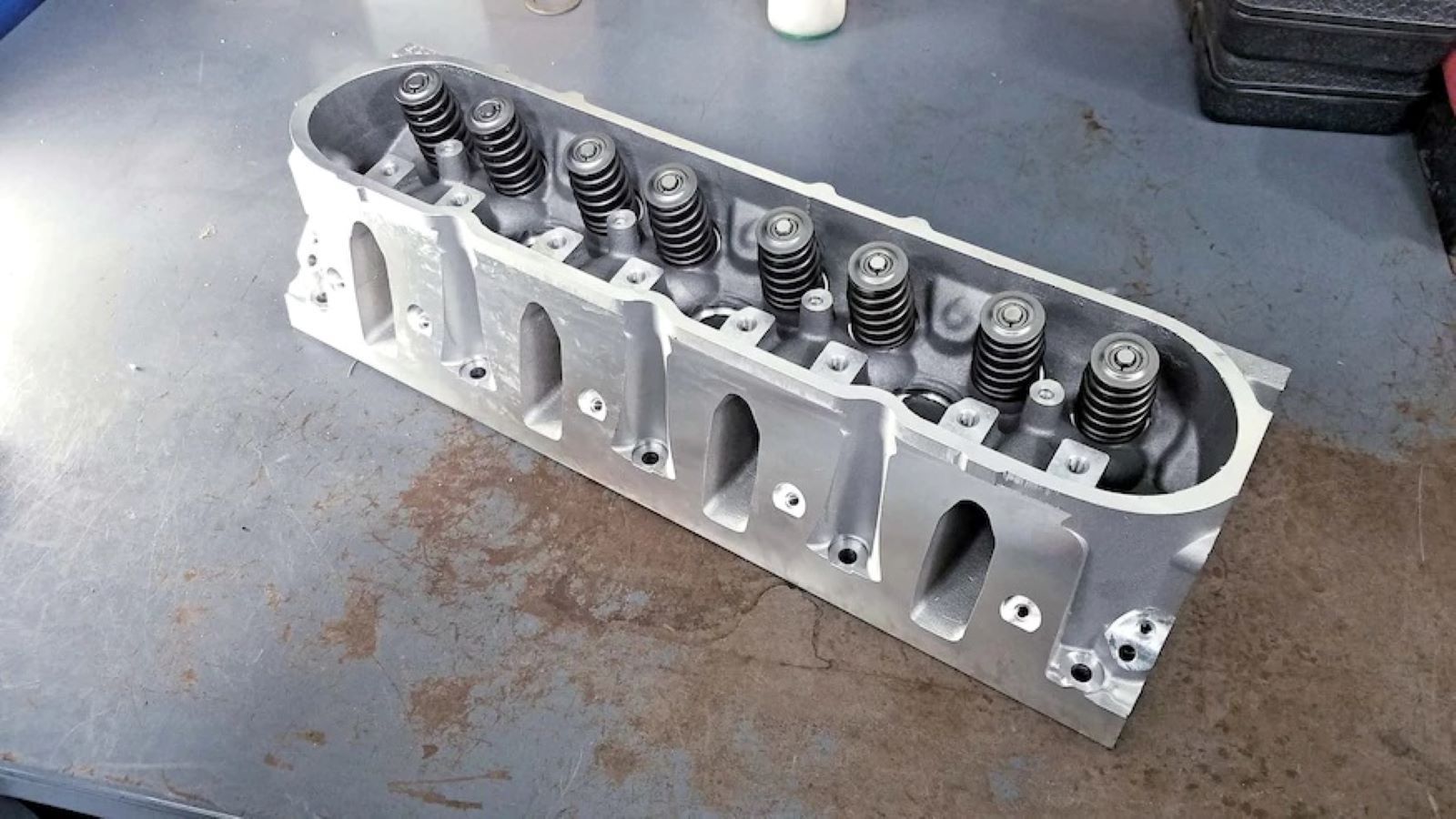Three LS Cylinder Heads Dyno Tested Against Each Other
Trio of LS cylinder heads get pitted against each other on the dyno to see which one makes the most power.














Testing Heads
There are many ways to add power to GM's legendary LS powerplants, and that includes more cylinder head options than we can count. It's truly hard sometimes to figure out exactly what your best cylinder head option might be, so we found this comparison test conducted by Hot Rod to be particularly interesting.
Photos: Hot Rod
Stock Replacement
In this case, Hot Rod is using a 6.0-liter, naturally aspirated Gen III (an LY6 truck engine) as its guinea pig. The stock replacement heads came from EngineQuest, which is notable because GM no longer manufactures in-house cylinder heads for the older Gen III and Gen IV engines. Thus, the aftermarket manufacturer stepped in to produce these three units - the LS3, the "317" casting, and the "243" casting.
Photos: Hot Rod
>>Join the conversation about these LS Cylinder Heads being tested right here in the LS1 Tech Forum!
First Test
After a few adjustments, the LS3 heads provided a significant jump in power over stock while also using an LSR cam from Comp Cams. Peak power came in at 507 hp at 6,500 rpm, which was a 86 hp gain, which peaked at 5,800 rpm. And these heads could benefit even more from a little porting or a valve job.
Photos: Hot Rod
>>Join the conversation about these LS Cylinder Heads being tested right here in the LS1 Tech Forum!
Less Compression
Of course, the 70cc combustion chamber of the cathedral-port "317" castings demonstrated the effect that lower compression ratios have on power, as this combo produced 490 hp at a peak of 6,200 rpm with a 9.5:1 compression ratio. Of course, these qualities make this head more desirable for boosted applications.
Photos: Hot Rod
>>Join the conversation about these LS Cylinder Heads being tested right here in the LS1 Tech Forum!
More Power
The flow of the "243" casting outpaced the 317 by just a little, and produced a slightly higher compression ratio of 10.1:1. And as a result, they also made more power - 505 hp at 6,200 rpm. While that may be 2 ponies shy of the LS3 heads, the 243 made considerably more power down low, making it the better stoplight drag option.
Photos: Hot Rod
>>Join the conversation about these LS Cylinder Heads being tested right here in the LS1 Tech Forum!
Torque Differences
In terms of torque, the 243 simply outgunned the LS3, producing 474 lb-ft compared to 456 lb-ft. But the 243 head made at least that 456 lb-ft from 3,500 rpm all the way up to 5,300 rpm, which would make for one heck of a fun street machine.
Photos: Hot Rod
>>Join the conversation about these LS Cylinder Heads being tested right here in the LS1 Tech Forum!
Scientific Testing
For those looking to run an OEM-style cylinder head, this is obviously very useful news. And if you want to do a little work to these heads, you'll wind up with even better numbers. We personally found this test to be very interesting, and you'll certainly want to check out the entire thing by heading over here!
Photos: Hot Rod
>>Join the conversation about these LS Cylinder Heads being tested right here in the LS1 Tech Forum!
For help with service of your car, check out the how to section of LS1Tech.com
